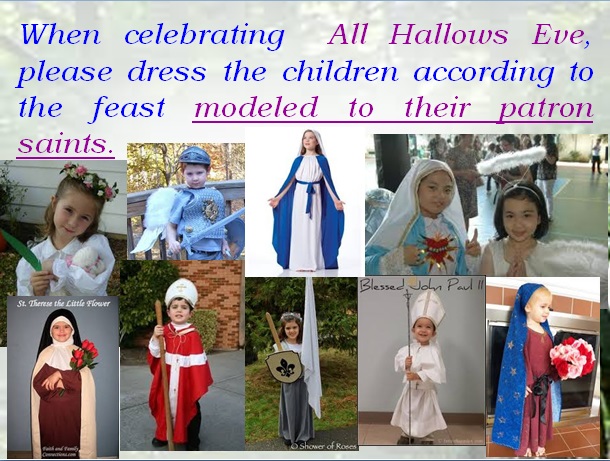
What does it mean to be a saint?
The word saint literally means “holy”, a person acknowledged as holy or virtuous and typically regarded as being in heaven after death.
For Christians, a SAINT is referred to all who believed in Jesus Christ and followed his teachings.
In the New Testament, we read: Paul, an apostle of Christ Jesus by the will of God, to the holy ones who are (in Ephesus) faithful in Christ Jesus (Ephesians 1:1:). Paul, an apostle of Christ Jesus by the will of God, and Timothy our brother, to the church of God that is in Corinth, with all the holy ones throughout Achaia (2 Corinthians 1:1).
As Peter was passing through every region, he went down to the holy ones living in Lydda.
The assumption was that those who followed Christ had been so transformed that they were now different from other men and women and, thus, should be considered holy(.Acts 9:38).
This is what the Catechism of the Catholic Church says about saints: The witnesses who have preceded us into the kingdom, especially those whom the Church recognizes as saints, share in the living tradition of prayer by the example of their lives, the transmission of their writings, and their prayer today. They contemplate God, praise him and constantly care for those whom they have left on earth. When they entered into the joy of their Master, they were “put in charge of many things.” Their intercession is their most exalted service to God’s plan. We can and should ask them to intercede for us and for the whole world (2683).
In the communion of saints, many and varied spiritualities have been developed throughout the history of the churches. The personal charism of some witnesses to God’s love for men has been handed on, like “the spirit” of Elijah to Elisha and John the Baptist, so that their followers may have a share in this spirit. A distinct spirituality can also arise at the point of convergence of liturgical and theological currents, bearing witness to the integration of the faith into a particular human environment and its history. The different schools of Christian spirituality share in the living tradition of prayer and are essential guides for the faithful. In their rich diversity they are refractions of the one pure light of the Holy Spirit (2684).
.Why do we celebrate it on November 1?
This feast was for all saints instituted by Pope Gregory III (731- 741) when a chapel was consecrated to all martyrs in St. Peter’s basilica in Rome.
Increasing Christian persecution, increasing Martyrs: Since there was no formal Papal Canonization of saints before 993, this feast enables us to pray with the earlier Christian martyrs for their intercession in our causes.
The intercession of the saints. “Being more closely united to Christ, those who dwell in heaven fix the whole Church more firmly in holiness…. [T]hey do not cease to intercede with the Father for us, as they proffer the merits which they acquired on earth through the one mediator between God and men, Christ Jesus…. So by their fraternal concern is our weakness greatly helped” (CCC 956).
Do we adore the saints? NO! WE ONLY VENERATE THE SAINTS. regard with great respect; revere.
Halloween. The vigil or eve of the feast of All Saints is known as All Hallows Eve or Halloween. HALLOW AS:Noun: Saint. Verb: to make something holy or to honor something holy. Both the feasts of All Saints and Halloween are celebrated from the 8th century onwards.
The sacrament of Baptism is conferred “in the name of the Father and of the Son and of the Holy Spirit.”[85] In Baptism, the Lord’s name sanctifies man, and the Christian receives his name in the Church. This can be the name of a saint, that is, of a disciple who has lived a life of exemplary fidelity to the Lord. The patron saint provides a model of charity; we are assured of his intercession. The “baptismal name” can also express a Christian mystery or Christian virtue. “Parents, sponsors, and the pastor are to see that a name is not given which is foreign to Christian sentiment” (CCC 2156).
When celebrating All Hallows Eve, please dress the children according to the feast modeled to their patron saints.
By: Grace Marin


No Comments